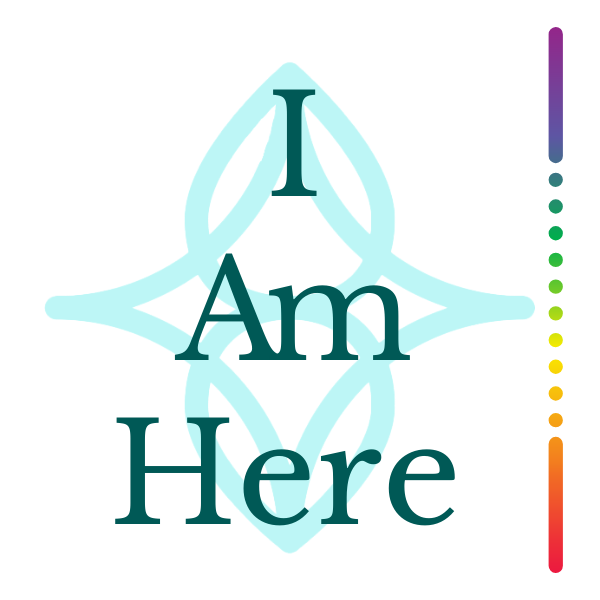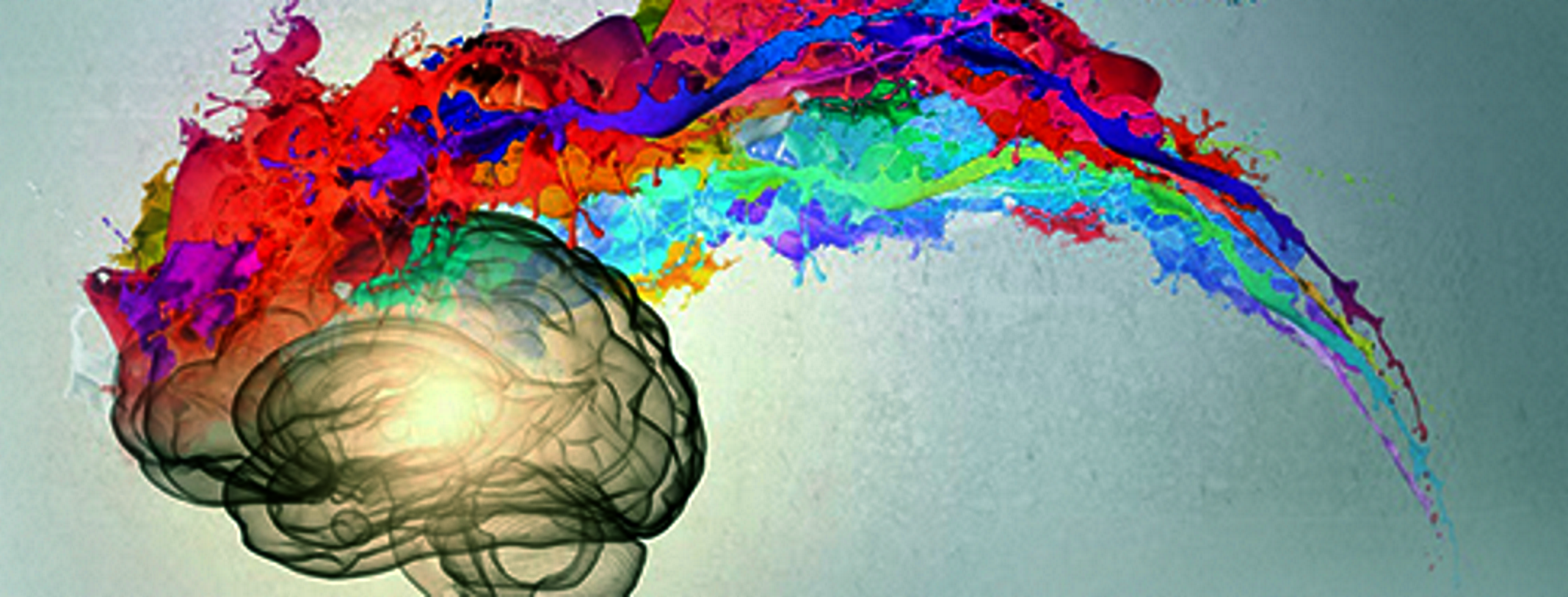Where does thought come from? If we actively choose not to think of something, is the thinking happening anyway, whether or not we are conscious of it? Are whole processes of understanding and formulation taking place way beneath the precincts of our conscious mind? If so, then who or what is choosing the content of contemplation?
It is hard to live in an environment of fear, and to not have either fearful thoughts, or fight/flight strategies emerging in our head. It is hard to be consciously shown images of petrol driven cars, without the word ‘car’ registering in consciousness. Before we know it, we’re buying one.
A new study led by San Francisco State University researcher Ezequiel Morsella concludes that this same automatic effect can occur with much more complicated mental manipulations – for instance, transforming “car” to the pig latin “ar-cay” in your head even after you’ve been told to avoid that transformation. Consciousness, the study indicates, is a conduit of information, but it neither creates nor selects the information in itself.
Morsella compared consciousness to a format like the Internet. “If you’re arguing with someone over the internet, you need the internet,” he said. “By itself, consciousness, like a window, doesn’t actually do that much… but what it provides for other, more active (and unconscious) systems is essential.” This approach affirms ancient wisdom that sees the brain as an organ of perception, an inherited, magnificent processor, through which the energy of consciousness flows. As an organ of perception, the brain is both a receiver of content and a transformer. Consciousness, as the power supply, exists independently – it is neither generated by the brain nor dependent on it.
The research suggests that the window of consciousness can either be open, closed, or filtered, but regardless of the window, the light still shines. The contents of consciousness (defined here as the state of being awake and aware of our surroundings) are the creation of the physical form and the environment. They are often generated involuntarily, says Morsella.
In fact, the study published in the journal Acta Psychologica provides the first demonstration that even a small amount of training can cause unintentional, high-level symbol manipulation. “Our study reveals that unintentional, unconscious processes can be more sophisticated than what has been thought before,” says Morsella.
What is conventionally called ‘waking consciousness’ is just the tip of the iceberg of a consciousness that far exceeds the boundaries of the personal self or the physical body or individual mind, according to new scientific research. The findings are in alignment with the premise of the book I AM HERE that suggests that what is classically called waking consciousness is a window of perception, differing from the sentient window of awareness, and the unfiltered window of perception through emptiness. Yet the energy revealed through all three windows is entirely independent of the ‘waking’ state of mind or body.
“The brain is an organ of consciousness, which is entirely dependent on degrees of receptivity in finding form.”
Morsella said the study provides more support for the passive frame theory that he proposed along with his colleagues last year, a potentially groundbreaking idea that suggests consciousness is more of a conduit for information in the brain rather than an active creator of information. The theory has generated a significant amount of attention in academic circles and in the popular media, and Morsella said his team has written a follow-up paper to the study that will be published in an upcoming issue of the journal Behavioral and Brain Sciences. “Consciousness is passive, and that its contents are often generated ‘unconsciously’. But [consciousness] is necessary,” he stressed. (Note: don’t get distracted by the word ‘passive’ – it could also be more powerful and more intelligent than anything the we could conceive from the perspective of science).
The findings could also be helpful for clinicians looking for ways to treat patients beset by unhealthy obsessive thoughts or ruminations, or compulsions, Morsella noted.
At the same time, the research indicates the ongoing confusion in world-views regarding consciousness – both semantically and philosophically. The lack of consensual definition of the word ‘consciousness’ and how it sits with the word ‘life’ (which doesn’t depend on ‘human’ waking consciousness) is apparent to all who have receded into the wonders of consciousness empty of content through meditation or other avenues.
This confusion can be easily clarified when we thoroughly let go of the notion that the brain is somehow the creator of consciousness, and instead allow the ample evidence that as part of the physical body,the brain is an organ of consciousness, which is entirely dependent on degrees of receptivity in finding form within the wider context of the physical dimension.
The next inquiry could be: is consciousness only a conduit of information, or is it at the same time inseparable from the phenomena appearing out of itself? What is needed for greater well being? Could it not be the relativization of all content, through the allowance of the limitless expanse of unfettered power apparant through consciousness itself? Can the mind surrender its beliefs in the significance of content to the consciousness which power its very existence?
“Involuntary symbol manipulation (pig latin) from external control: Implications for thought suppression” by Ezequiel Morsella and Hyein Cho (San Francisco State University), Pareezad Zarolia (University of Denver) and Adam Gazzaley (University of California, San Francisco) was published online in April 2016.




